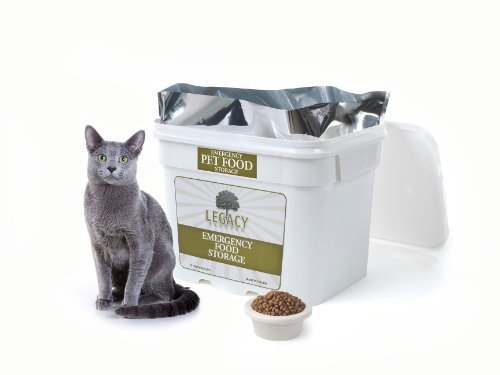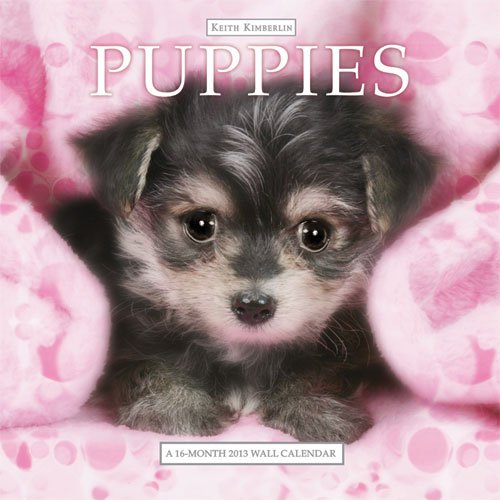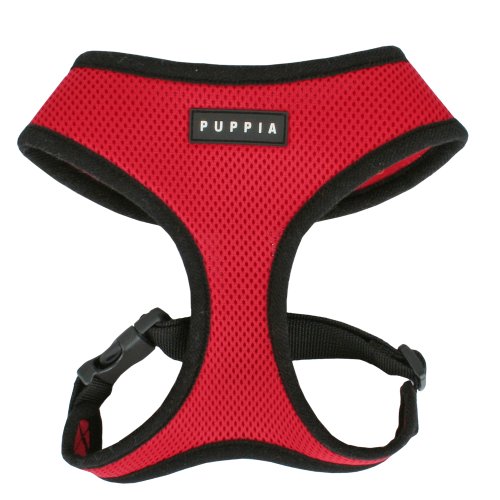No matter if you have an older dog or a pup, crate training is a great training method for your pet. Properly introducing your pet to the crate is the foundation for success. You must not force it. You must be patient and take your time. Whatever your dog's pace is, needs to become your pace. If you rush it, you can get off to a bad start. If that happens, your canine may not ever want to go inside the crate.
First off, make it a comfortable place for your canine to be. Start by keeping it in the location where you plan on keeping it all of the time. If possible, it is ideal to keep it in a location that makes your pet feel like a member of the family. I prefer putting my crates in the bedroom, living room, or somewhere like that.
Another great idea is to place your pet's favorite blanket, bed, and toys to inside the crate. After setting it up, go about life as you normally would, paying little attention to the new addition to your home. This will make your canine more curious about the crate, and likely to explore it on his own.
Having your dog check the crate out on his or her own is a wonderful way to make it comfortable. Whatever you do, don't force your pet inside the crate, no matter what. It is sure to lead to disaster. It is very critical that your pet explore it on his or her own. Putting a treat inside definitely makes my dogs curious. The best bet is to be patient. See how your pet behaves around it for a few days or longer. Once your pet gets used to it just being part of the home, he or she will eventually enter it, especially if his or her nose is following the scent of something good inside. If necessary, you might have to positively coax your pet inside with another treat. Positively is the key here. I repeat, never force your canine to enter the crate. It will create a negative association to the crate.
In the beginning, leave it open. Don't lock your canine inside. This helps make it a comfortable place to be. Let your canine enter and exit as he or she pleases. If you do this, you will be on the right track. Actually, many people find that by starting this way, they are able to leave it open all of the time. Their dogs decide when they need a break and actually retreat to the crate because it is a safe place. Some of us leave for a long time during the day. If you have a puppy, or a pet that needs more training, you will want to lock the crate during these times. It takes a few weeks, but making sure your dog is comfortable before locking it is essential.
No matter what, NEVER use the crate as a place of punishment! Don't send your canine to the crate for doing something you don't like. Dogs don't comprehend that type of punishment. They will only associate the crate with a negative place. If this happens, getting them to enter becomes much more difficult. Do it right the first time and save yourself the headache of correcting improperly learned behaviors.

 Prepare your Pets for Natural Disaster
In light of all the natural disasters that have happene
Prepare your Pets for Natural Disaster
In light of all the natural disasters that have happene
 The Top Ten Cutest Puppy Pictures of All Time
Alright Alright I know. &nbs
The Top Ten Cutest Puppy Pictures of All Time
Alright Alright I know. &nbs
 Be Prepared Before Taking Your Dog on Your Next Holiday Road Trip
Planning Your TripIt is exci
Be Prepared Before Taking Your Dog on Your Next Holiday Road Trip
Planning Your TripIt is exci
 Top 10 Most Intelligent Dog Breeds
IntroductionFollowing on fro
Top 10 Most Intelligent Dog Breeds
IntroductionFollowing on fro
 TPLO? TTA? Tightrope? Fishline? What Does My Dog Need?
Cranial cruciate ligament (C
TPLO? TTA? Tightrope? Fishline? What Does My Dog Need?
Cranial cruciate ligament (C